El auge del monstruo de la energía: Un fenómeno empresarial de cero a mil millones
Meta Description: Explore Energy Monster’s meteoric rise from startup to billion-dollar NASDAQ leader, its strategic evolution, market challenges, and privatization amid China’s competitive power bank industry.
In recent years, the “sharing economy” wave has swept across China. From bicycles to umbrellas, and now to shared power banks, this trend has transformed daily life. Among these ventures, Energy Monster (NASDAQ: EM) stands out as a remarkable success story. The company quickly rose from startup to industry leader. It was first to list on NASDAQ, with market value once exceeding $1 billion. However, this success story also includes market shifts, fierce competition, and a controversial privatization.
This article examines Energy Monster’s journey from zero to billion-dollar valuation. We’ll explore its business strategy, growth milestones, challenges, and future direction.
I. Riding the Wave: Market Timing and Capital Support
Perfect Market Timing
Energy Monster launched in 2017. This was the peak of China’s sharing economy concept. Smartphone use was widespread, and “battery anxiety” had become a common problem. Founders Cai Guangyuan and Xu Peifeng recognized a clear opportunity. They saw massive demand for mobile charging in high-traffic locations like restaurants, malls, hotels, and transportation hubs.
Solving a Common Problem
The company addressed a simple but universal pain point: the inconvenience of phone battery depletion. Their solution was equally straightforward. Users could rent power banks through a mini-program scan. They could carry the unit with them and return it at any location nationwide.
Strong Investor Backing
Energy Monster’s clear business model attracted top-tier investors quickly. In 2017 alone, they completed three funding rounds. These included investments from industry giants like Xiaomi Technology and prominent firms such as Hillhouse Capital, Shunwei Capital, Qinglu Capital, and Blue Lake Capital.
The company secured two more rounds in 2019, with SoftBank China joining. Before its 2021 IPO, it completed a $200 million Series D round. Over five years, Energy Monster raised over 2 billion yuan. Alibaba became its largest shareholder with a 14.7% stake.
This strong financial foundation enabled rapid market expansion during the industry’s formative stage.
II. Rapid Expansion: Building Scale Advantages
With substantial capital, Energy Monster pursued aggressive expansion. Their strategy focused on securing points of interest (POIs), growing user numbers, and creating network effects.
Impressive Coverage Growth
- 2018: Reached more than 500 cities
- 2019: Expanded to over 1,300 counties and districts, surpassing competitor Xiaodian
- End of 2022: Deployed 6.7 million power banks across 1,800+ locations, covering 997,000 POIs
- Mid-2024: Increased to 9.5 million power banks across 1.267 million POIs
Expanding User Base
- 2019: Registered users exceeded 100 million
- End of 2022: User base grew to 334 million
- Service Reach: Claimed to serve over 200 million users globally
This expansion created a “visible everywhere, returnable everywhere” convenience for users. It also strengthened Energy Monster’s position with merchant partners. According to Euromonitor and iResearch data, the company consistently led market share by GMV. It reached 40.1% in early 2021 and maintained 36% in 2023. The top brands together controlled over 96% of the market, showing high industry concentration.
III. Strategic Shift: From Direct Operations to Agency Model
Energy Monster’s business approach evolved with market conditions. The most significant change was shifting from direct operations to an agency model.
Comparing Business Models
| Feature | Direct Model | Network Partner Model |
|---|---|---|
| Operations | Company team works directly with merchants | Agents handle merchant relationships |
| Revenue Flow | Company collects all rental income | Company receives all rental income |
| Cost Structure | Company bears all costs; merchants get 50-70% | Company pays agents who receive 75-95% |
| Main Advantage | Better quality control and standardization | Faster expansion with lower management costs |
| Key Drawback | Higher expansion costs and management challenges | Harder to maintain service quality; potential disputes |
Why the Change?
As competition increased and premium locations became saturated, the direct model’s high costs limited growth. The agency model offered faster expansion, especially in smaller cities. Company data confirms this strategic shift:
- End of 2022: Agency locations reached 52.5%, exceeding direct operations for the first time
- First half of 2024: Agency proportion increased dramatically to 89.2%
- Lower-tier markets: POIs in smaller cities grew over 20% year-on-year by mid-2024
While this shift accelerated growth, it also created risks. Later, agent disputes would become a significant challenge.
IV. Peak and Decline: IPO Success and Mounting Challenges
NASDAQ Milestone
On April 1, 2021, Energy Monster debuted on NASDAQ as “EM.” With an $8.5 per ADS issue price, it raised nearly 1 billion yuan. This achievement made it the first shared charging company to go public. However, this milestone also brought increased investor scrutiny.
Profit Volatility
The company’s financial performance has varied significantly:
- 2019: Achieved 167 million yuan net profit (8.24% margin) in normal market conditions
- 2022: Suffered heavily during pandemic restrictions. Average daily revenue per power bank fell to 1.18 yuan (60% of normal). This led to a 711 million yuan annual loss (25.06% loss margin)
- Recent Recovery: Regained profitability on a Non-GAAP basis. In Q3 2024, reported 9.2 million yuan adjusted profit, marking seven consecutive profitable quarters. GAAP profit reached 4.2 million yuan
Note that since Q2 2023, the company changed how it reports agency revenue. It switched from gross to net accounting, affecting year-over-year comparisons.
Major Challenges
Agent Relationship Problems
As the agency model expanded, complaints arose. Some agents accused Energy Monster of sales fraud, including false profit promises and deployment failures. This led to protests and lawsuits in multiple regions, damaging brand reputation.
Stock Performance Crisis
After listing, Energy Monster’s stock declined steadily. By March 2024, the price had fallen to $1.13, down 86.7% from IPO. Market value shrank to $287 million. In early 2025, CITIC Capital’s Trustbridge and management offered to take the company private. The accepted offer of $1.25 per ADS represented just 14.7% of the IPO price.
This deal sparked controversy. Many investors criticized management for using their super-voting rights (14.3% ownership controlling 56.9% of votes) to approve a low-price buyout that harmed minority shareholders.
User Experience Issues
The market faced intensifying competition through price and service wars. Meanwhile, customers complained about rising prices, slow charging speeds, and return difficulties. Regulatory problems emerged too. The Ministry of Industry and Information Technology cited Energy Monster for deceptive practices.
Limited Revenue Diversity
Despite attempts to grow advertising (up 264% in 2023), the company remained overly dependent on rental income. This single-source model increased vulnerability to market disruptions.
V. Future Direction: New Growth Opportunities
Despite challenges and privatization, Energy Monster continues exploring new paths. With 3.3 billion yuan in cash reserves and positive operating cash flow since 2020, the company has resources for transformation.
Strategic Priorities
Strengthening Core Business
The company aims to improve operational efficiency, better manage agents, enhance user experience, and maintain market position.
Developing New Revenue Streams
Several opportunities exist:
- Digital Advertising: Leveraging its extensive location network for marketing services
- Consumer Services: Creating new offerings for retail environments
- Hardware Expansion: Extending into shared services for other smart devices
International Expansion
The company recently announced plans to enter overseas markets. Initial efforts focus on Malaysia as it seeks growth beyond China.
Technology Investment
Ongoing R&D investment supports platform improvements and new business capabilities.
Conclusion: End or New Beginning?
Energy Monster’s story exemplifies the sharing economy’s rapid rise in China. Through market timing, capital investment, execution skill, and business model flexibility, it quickly dominated the power bank sector.
Yet industry limitations, competitive pressure, operational risks, and economic changes led to its public market decline. The journey from celebrated IPO to discounted privatization reflects the sharing economy’s return to reality after initial hype. This offers valuable lessons for entrepreneurs and investors alike.
Privatization may not end Energy Monster’s story. Free from public market pressures, its substantial cash reserves and extensive network could fuel new growth. Whether the company can develop successful new business lines and expand internationally remains to be seen. Regardless, Energy Monster has already made its mark in China’s sharing economy history.
To learn more about energy monster, you can visit their offical website at https://ir.enmonster.com/
Disclaimer: This article is based on publicly available information. Data may be time-sensitive and is for reference only, not constituting any investment advice.



